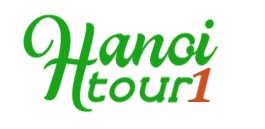Vietnam is a multi-ethnic country with a diverse population made up of 54 different ethnic groups. The majority of the population belongs to the Kinh ethnic group, while the remaining 53 groups are known as ethnic minorities.
The ethnic minority groups in Vietnam are concentrated mainly in the mountainous regions of the country, and each group has its own unique customs, traditions, and culture. Some of the largest ethnic minority groups in Vietnam include the Hmong, Tay, Thai, Nung, and Dao.
The ethnic minority groups in Vietnam have played a significant role in the country’s history and culture, contributing to the development of traditional handicrafts, music, and dance. Many of these cultural traditions are still practiced today, and visitors to Vietnam can experience them firsthand by visiting ethnic minority villages and participating in cultural activities and festivals.
Despite their contributions to Vietnamese culture, ethnic minorities in Vietnam have historically faced discrimination and marginalization, with limited access to education, healthcare, and other basic services. However, in recent years, the Vietnamese government has taken steps to promote the rights and welfare of ethnic minorities, including investing in infrastructure and social programs in rural areas.
Overall, the ethnic minority groups in Vietnam are an important and integral part of the country’s cultural and historical heritage, and visiting their communities is a unique and rewarding way to experience the diversity of Vietnamese culture.
